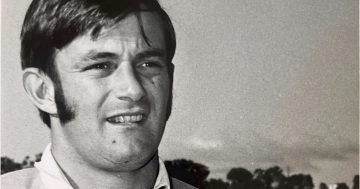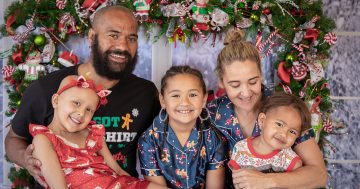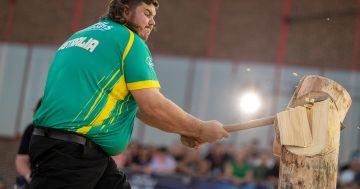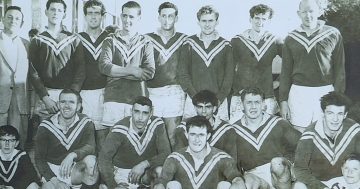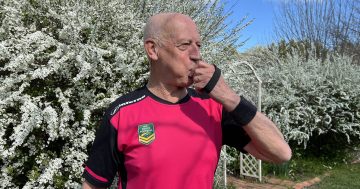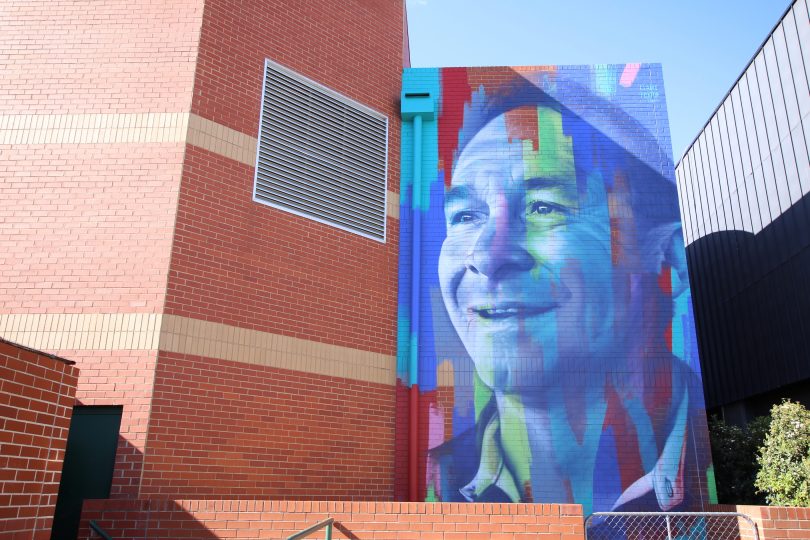
The Ricky Stuart mural at the end of Blacksmiths Lane in Queanbeyan. Photo: Supplied.
Year in Review: Region Media is revisiting some of the best Opinion articles of 2021. Here’s what got you talking, got you angry and got you thinking in 2021. Today, Tim Gavel reveals why Queanbeyan has a claim on the title of Australia’s top sporting city.
Both Queanbeyan and Wagga Wagga are justifiably regarded as Australia’s top sporting cities per head of population.
In fact, the councils of Wagga Wagga and Queanbeyan Palerang have similar populations, with Wagga having only a few thousand more.
Many have tried to find out why so many champion sportspeople originated from, or spent a substantial part of their lives in, these cities. The answer is elusive.
One significant aspect for Queanbeyan is its proximity to Canberra, where Queanbeyan athletes can readily engage in competitions in the ACT, access the sports facilities of Canberra, and there’s also the significant influence of the Australian Institute of Sport. It attracts many athletes increasing the level of competition, provides sports infrastructure, sports scientists and nutritionists, and offers specific sports training programs.
This gives an obvious advantage to Queanbeyan over Wagga. But I am not making a judgement call about which city is the greatest, but I am presenting as much information as possible to allow you to decide.
It’s highly subjective as the merits of one sportsperson are considered over another, or one sport against another.
In Part 1, this part, I will present the case for Queanbeyan. Part 2 will be devoted to Wagga champions.
Queanbeyan boasts not one but two Olympic gold medallists, one of the greatest sportswomen of all time, a Formula One and world endurance champion, two of the greatest Wallabies of all time, Australia’s test cricket vice-captain, rugby league champions, and the list goes on.
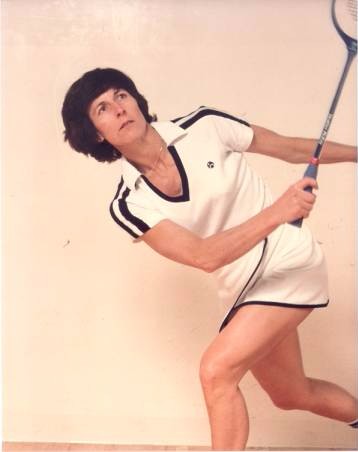
Heather McKay cannot be forgotten for her contribution to tennis, squash, racketball and hockey. Photo: Squash Australia.
Heather McKay only lost two games in her entire squash career, winning 16 British Opens in a row. The British Open was regarded as the World Championships in those days.
Heather was also selected in the Australian women’s hockey team but had to pull out. She won the US Open racketball title and World Championships in seniors tennis.
Megan Marcks, formerly Megan Still, was identified as a talent in rowing while still at school in Queanbeyan. In 1996 Megan and Kate Slatter became the first Australian women to win Olympic gold in rowing, with victory in the pairs.
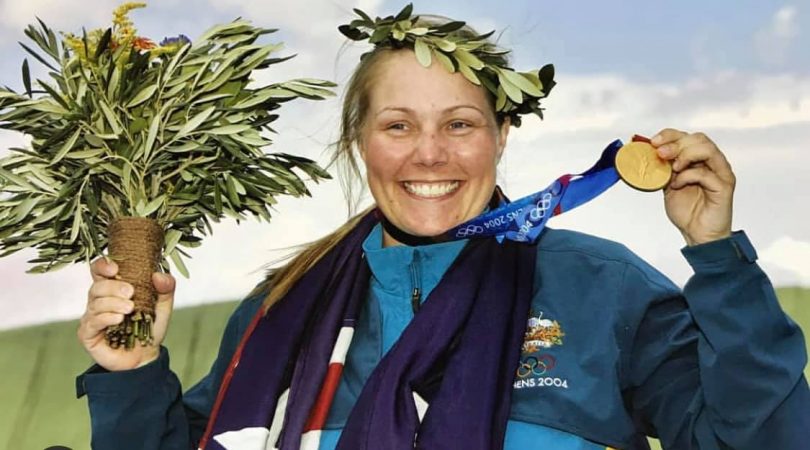
Suzy Balogh. Photo: Suzy Balogh Facebook.
Eight years later, fellow Queanbeyan local Suzy Balogh won gold in the trap at the 2004 Athens Olympic Games. Susie, who started shooting at the age of 15, became the first Australian woman to win gold in shooting at the Olympics.
Mark Webber began his racing career in karting growing up in Queanbeyan before going on to win nine Formula One races and the World Endurance title.

Mark Webber began his career karting in Queanbeyan. Photo: Supplied.
Brad Haddin was born in Cowra before the family moved to Queanbeyan when he was 12. By the time he turned 16, he was playing first-grade cricket for the ANU before going on to play 66 tests and 126 one-day internationals, and being appointed vice-captain of the Australian test cricket team.
David Campese is justifiably regarded as one of the greatest attacking rugby union players. He starred for the Queanbeyan Whites before playing 101 tests, scoring 64 tries for the Wallabies.
Fellow Whites player and current Canberra Raiders coach Ricky Stuart went on to become one of the greatest players in rugby league. His career includes three premierships with the Raiders before winning a premiership as a coach with the Roosters. He has coached the NSW and Australian rugby league sides.
Another Whites player, Lewis Holland, became one of the leading players in the Australian 7s team.
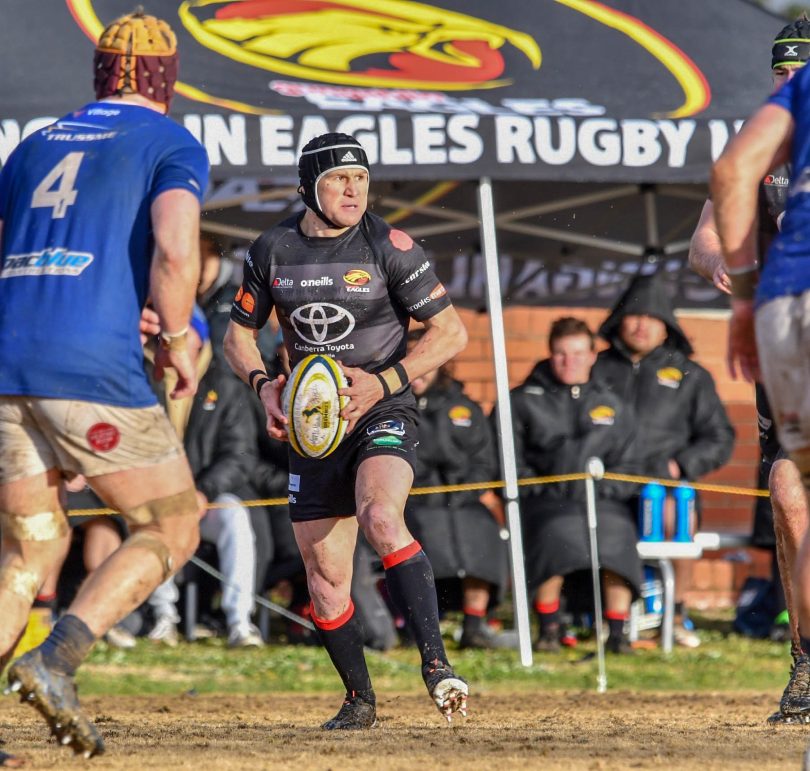
Matt Giteau playing in the John I Dent Cup. Photo: Jaye Grieshaber.
The legendary Matt Giteau went on to play over 100 tests for the Wallabies while his sister Kristy represented Australia in women’s rugby.
Then there were the Fainga’a twins who grew up in Queanbeyan. They have progressed through their rugby careers, culminating at the uppermost level through Wallabies representation.
David Furner was the highest-scoring forward in NRL history. Glen Lazarus, regarded as one of the greatest props of all time, won premierships at three clubs: the Raiders, the Broncos and Melbourne.
Terry Campese captained the Raiders and represented NSW and Australia. Fellow representative player, Brent Kite, won the Clive Churchill Medal in the 2008 grand final playing for Manly.
And there’s more. Fergus Pragnell represented Australia in rowing at the world titles, and Matthew Beckenham competed for Australia in the 400 hurdles at the Sydney Olympics.
And, of course, there’s horse trainer Joe Janiak. Joe bought Takeover Target for just over $1000. Under Joe’s training, Takeover Target went on to win over $6 million in prize money, taking the trainer from Queanbeyan to Ascot.
Swimmer Angela Kennedy, who went to school in Queanbeyan, broke the World Record in the 100 metres butterfly in 1995. In 1996 Angie won silver at the Atlanta Olympics in the medley relay.
Queanbeyan lawn bowlers Ken Woods and Ken Williams were both inaugural inductees into the Bowls Australia Hall of Fame. Williams won the World Pairs title in 1984 while Woods played for Australia before becoming a selector.
Queanbeyan Tigers player Tony Wynd was selected in the All Australian team in 1987, becoming one of the few players ever named in the team outside the major leagues of AFL, VFL, SANFL and WAFL.
Matt Henjak played four tests for the Wallabies, and another Whites player, Peter Ryan, also played four tests for Australia after making his debut in 1963. A year later, Whites winger David Grimmond made his Wallaby debut, while cricketer Mark Higgs was called into the Australian squad as a replacement for Shane Warne for the ICC tournament in Kenya in 2000, but didn’t play a one-day international.
There are possibly more I have missed.
Can Wagga match this impressive list?
Original Article published by Tim Gavel on The RiotACT.







